The University of Waterloo’s student team, “Waterloop”, has earned a place as finalists in the SpaceX Hyperloop design competition. The team is now gearing up for the final round which will involve building and testing their Hyperloop pod on a one-mile test track outside of SpaceX headquarters in Hawthorne, California this August. Of the original 1200+ teams who originally entered the competition in 2015, only 32 teams remain after the second round of eliminations in January 2016. Waterloop placed among the top 22 teams overall.
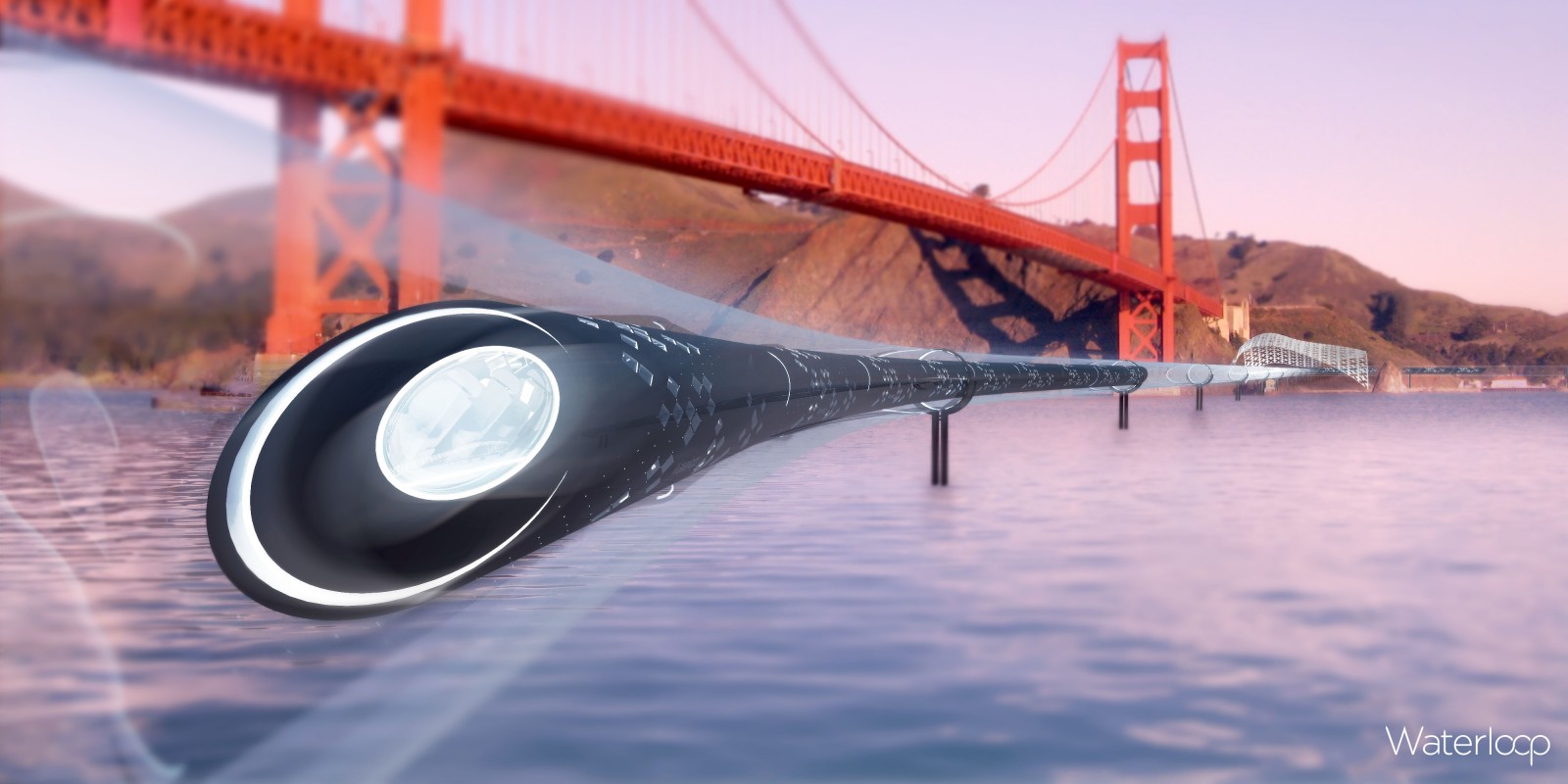
“It’s really hard to summarize how exciting this competition is for me,” says Montgomery de Luna, a master’s student in architecture. “I think very rarely students get to actually produce something that could be considered cutting-edge technology in a way that’s immediately tangible like this. The work we’re doing today has the potential to influence the future of technology, transit, and many people’s lives.”
The original idea for the Hyperloop was introduced by Elon Musk, founder of SpaceX and co-founder of Tesla and PayPal, in 2013. Musk described it as “a cross between a rail gun, the concord, and an air hockey table.” In order to speed up the development of a functional prototype, SpaceX launched an international competition to create a huge base of open-source knowledge to help those who wanted to bring the technology into reality.
At the moment, conventional modes of transportation can be divided into four categories: rail, road, water, and air. All options have a mixture of inefficiencies regarding the environment impacts, economics and travel time. The Hyperloop is a new fifth mode of transportation and a significant improvement in all three categories. It is a next generation high speed transit system that consists of pods riding a cushion of air within a low pressure tube, allowing it to reach speeds over 1000 km/h.
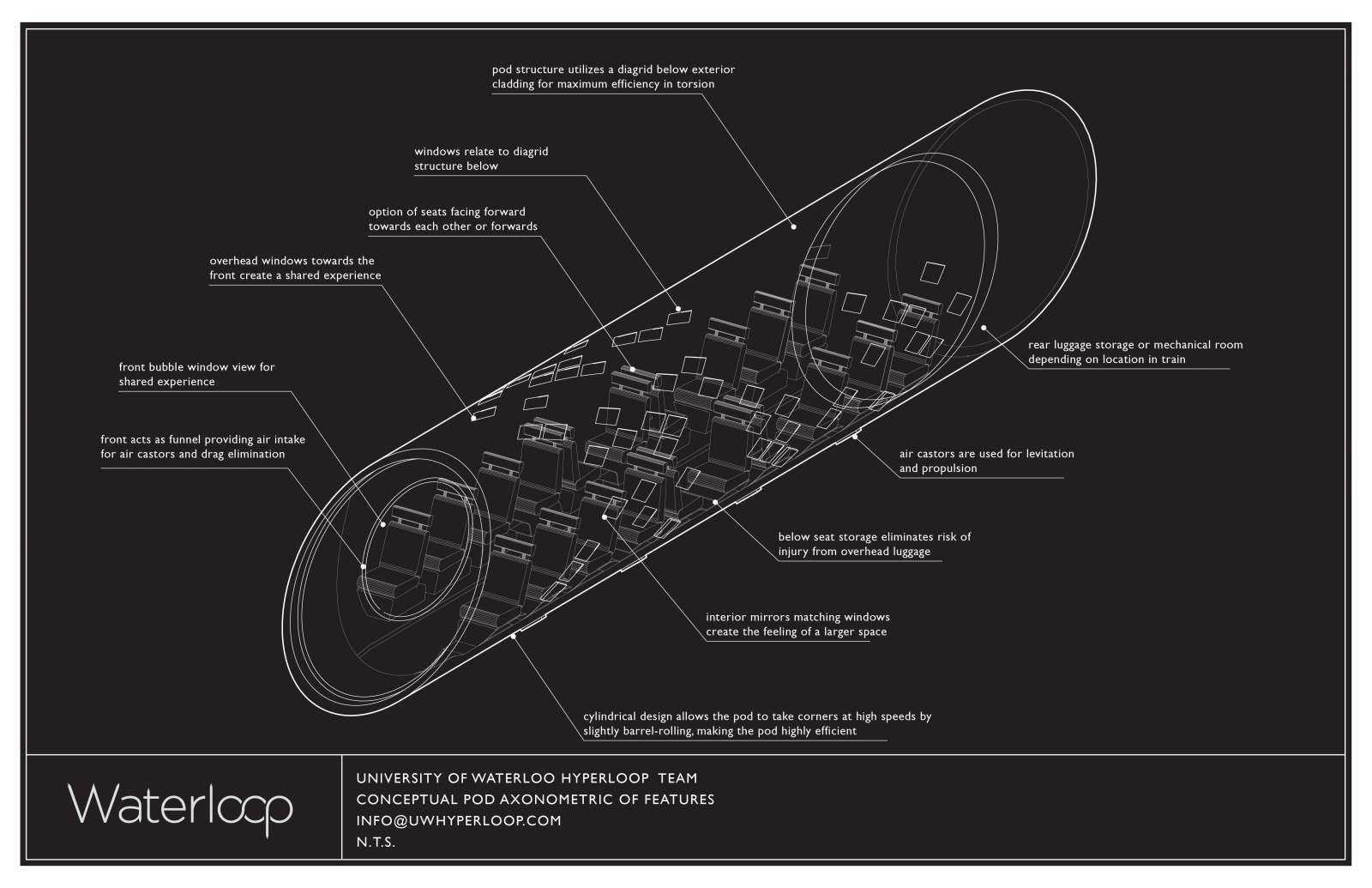
CONCEPTUAL DESIGN
Waterloop’s conceptual design has two main features: a geodetic structural frame and rounded bottom. Punched into the diagrid lines of the structural frame are potential windows or screens that provide glimpses of panoramic views of the surrounding environment. This departs from the typical passenger experience of personal windows by creating an expansive and shared experience for all commuters. The rounded rather than flat bottom serves a practical as well as aesthetic purpose. It allows the capsule to roll into turns such that they may be taken at higher speeds improving energy efficiency, travel times, and commuter comfort
The diameter of the pod had to be kept as minimal as possible for cost efficiency. To compensate for the small space the curved geometry, white color palette, windows, and use of interior mirrors create the feeling of a bigger space. Luggage will be stored below the seats or in a separate compartment of the Hyperloop, again to maintain a sense of spaciousness. Finally, the unconventional black exterior color demonstrates that this is no ordinary transportation system.
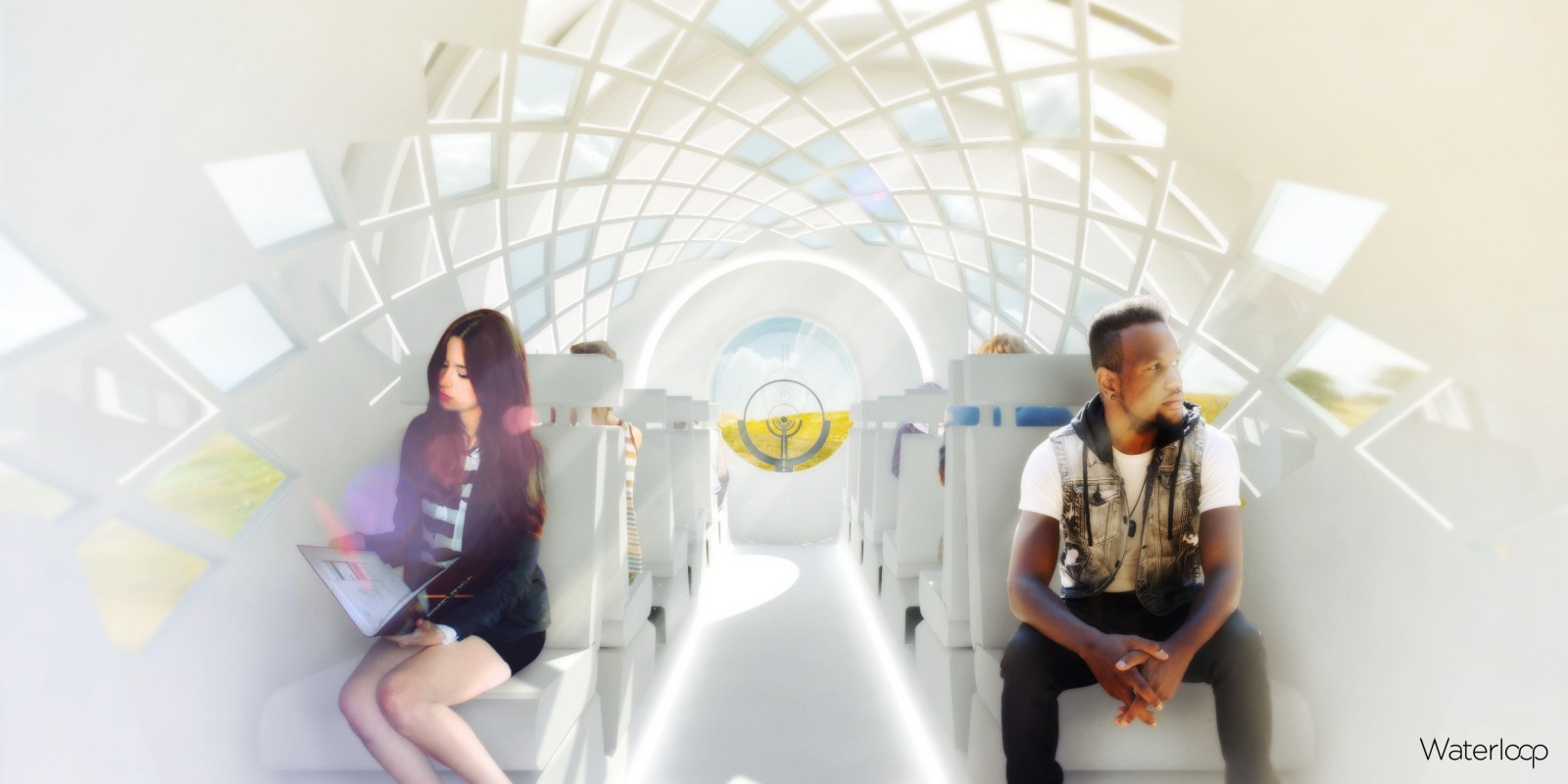
POD BUILD
The functional pod build for testing will be a simplified version of the conceptual design. The Waterloop team employed a minimalist strategy and designed the pod to be built with off-the-shelf components. This achieves a significant reduction in manufacturing complexity and cost. As a result, the system is scalable to full size and its modular design allows for future additional functionality without affecting the pod’s core functions. The pod prototype will be 4.3 ft wide (1320 mm), 2.8 ft high (850mm), and 10.2 ft long (3100 mm) and use an air caster levitation system capable of handling a total of 12,000 lbs.
The team also hopes to build a 1:1 experiential pod prototype to bring to the final round. This and the functional pod shell will likely be constructed using the workshop at University of Waterloo Architecture’s campus in Cambridge, Ontario. Anyone interested in getting involved with the build is encouraged to contact Montgomery de Luna (montgomerymoon@gmail.com).

TEAM
The Waterloop team consists of 47 passionate students ranging from first years to those completing their master’s degrees. The team is interdisciplinary including students from mechatronics, mechanical engineering, physics, and nanotechnology as well eight of our own architecture students: Andrew Cole, Emmeily Zhang, Eveline Lam, Fion Fong, Kimberley Huggins, Montgomery de Luna, Pavel Tsolov, and Sheng Wu.
The team is thrilled to be participating in the final round of the competition this August and are working to achieve the funding to make it possible. PayPal and Kik have recently signed on as sponsors to help the team bring their ideas into reality. The current cost estimation of the pod is roughly $25,000 and this has been set as the next funding goal.
The donation page is now active on their website (www.teamwaterloop.com) for anyone who is interested in supporting the team.
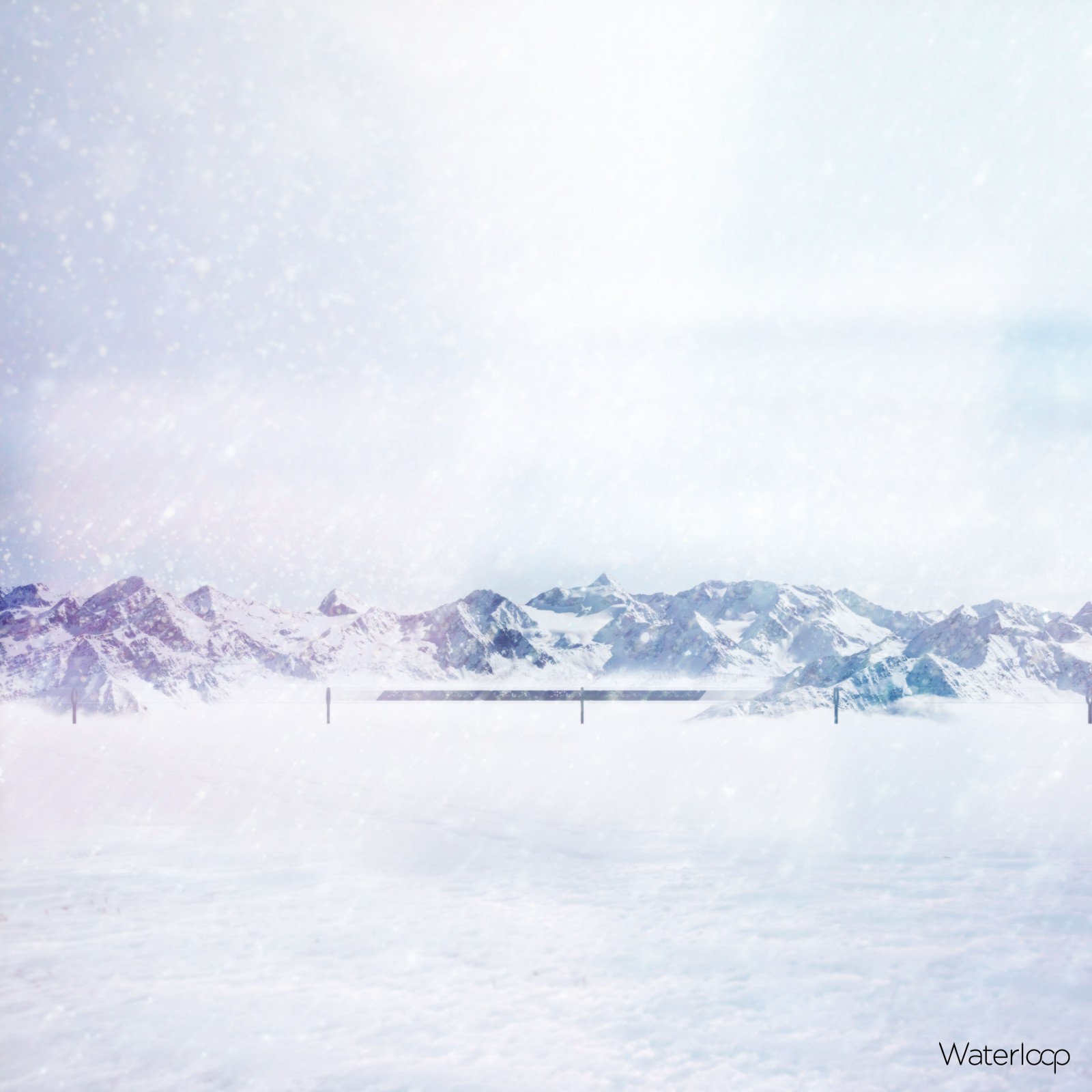


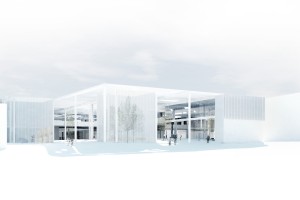
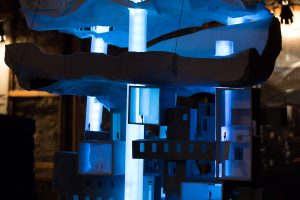
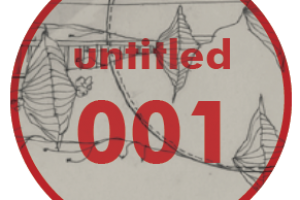
Leave a Reply